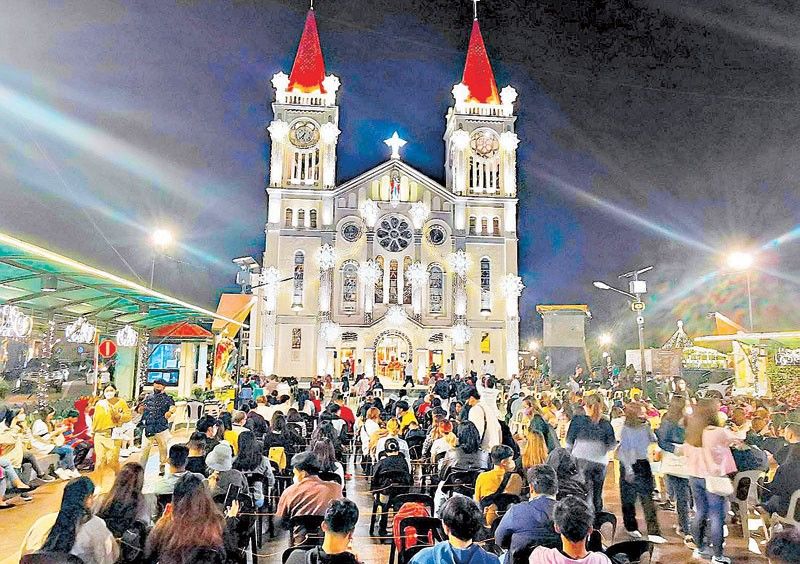Christmas in the Philippines: Why Simbang Gabi is an important Filipino tradition

MANILA, Philippines — Beginning December 16, the tradition of Simbang Gabi in the Philippines, which is part and parcel of the Filipino Christmas celebration, is a series of nine Midnight or Early Dawn Masses that Filipinos attend as part of their religious obligations as Catholics.
The last day of the nine-day tradition, which takes place on December 24, is called Misa de Gallo, which is Spanish for “Rooster’s Mass.”
Simbang Gabi started in the early days of Spanish rule in the Philippines, specifically in 1669. The original concept was to hold Masses very early in the morning so that farmers, who started their work in the fields before sunrise to avoid the scorching heat of the sun come noontime, could attend early morning Mass instead of evening novenas that were customary during the Christmas season.
It was like a compromise for the farmers, who priests observed were already very tired when they attended the evening novenas. So they decided to hold early morning Mass, and they apparently worked better for those who toiled the land. Eventually, it became a cherished custom or distinct feature of the Filipino Christmas traditions.
Even back then, the tradition of Simbang Gabi included partaking of holiday delicacies sold in the churchyard. People would attend Mass and, afterwards, buy food and enjoy them with family and friends. Since it would be daybreak by the time Mass ends, the Bibingka (rice cakes charred on top and under) and Puto Bumbong (purple rice cakes steamed in bamboo tubes, brushed with butter and topped with freshly grated coconut and sugar) served as a filling breakfast for church-goers. These would usually be paired with Tsokolate (hot thick chocolate drink) or Salabat (ginger brew).
This is the same today, with church-goers heading towards the stalls for Bibingka and Puto Bumbong after Mass, although people usually buy these holiday treats more for takeout, to share with family at home, than to partake on site.
As for the time when Simbang Gabi would be said, it really depends on the community and the parish leadership. In some communities, Simbang Gabi is at 11 p.m. or 12 midnight, while in other places, Mass takes place at around 4 or 5 a.m.
People exert great effort to be able to complete the nine daily Masses because when they do, it is believed that the wish or petition that they make will come true.
Be it in a city or rural setting, the Simbang Gabi tradition continues to be a big part of the Filipino Christmas celebration.



















